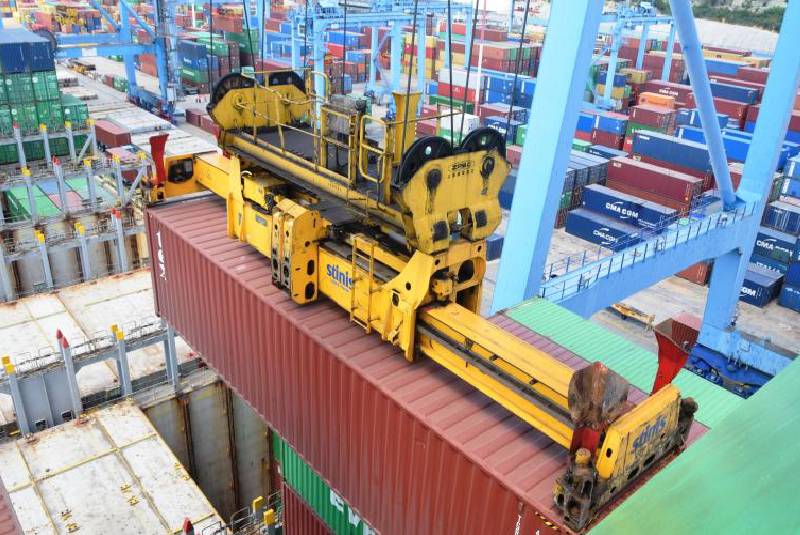×
The Standard e-Paper
Fearless, Trusted News

The linking of the Nairobi inland port to the Standard Gauge Railway has decongested Mombasa port (pictured) by moving almost ten times the number of containers on daily basis.